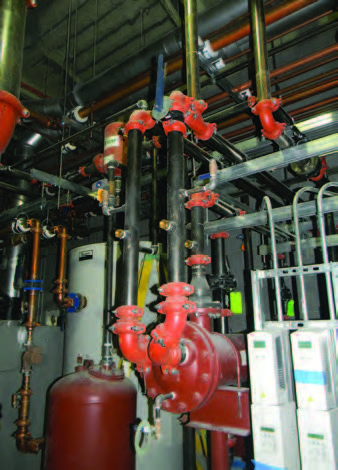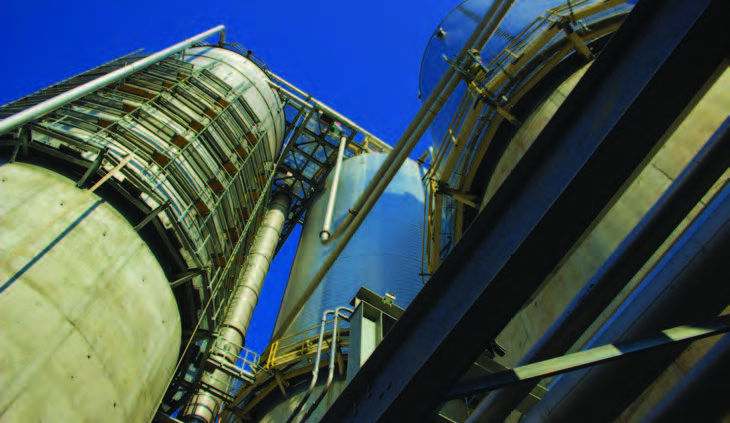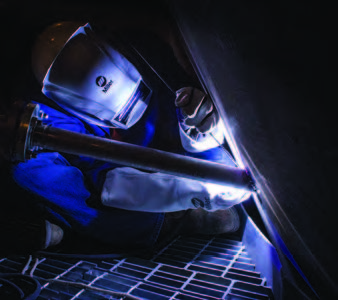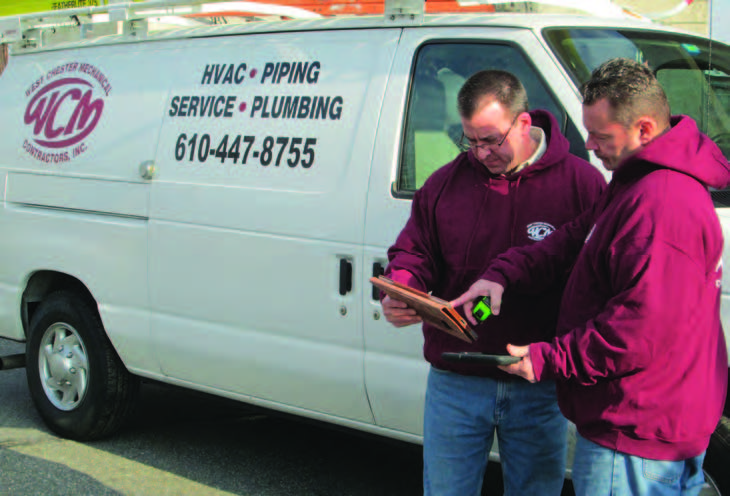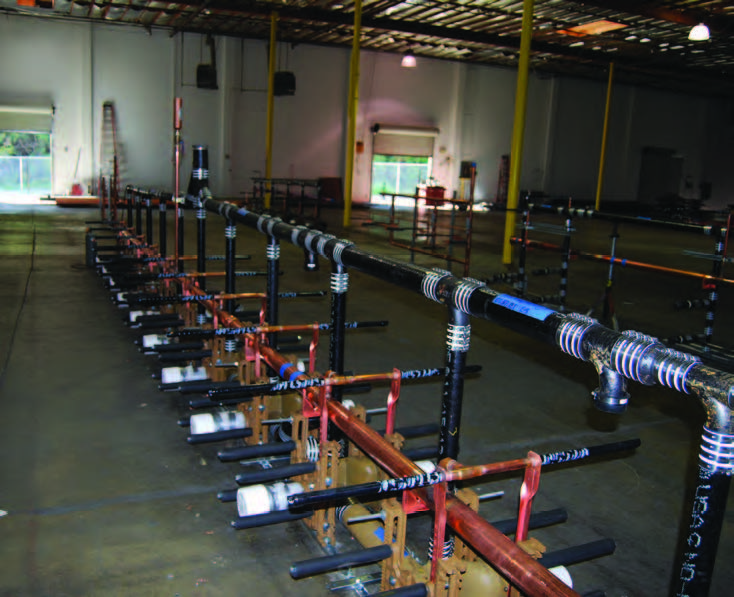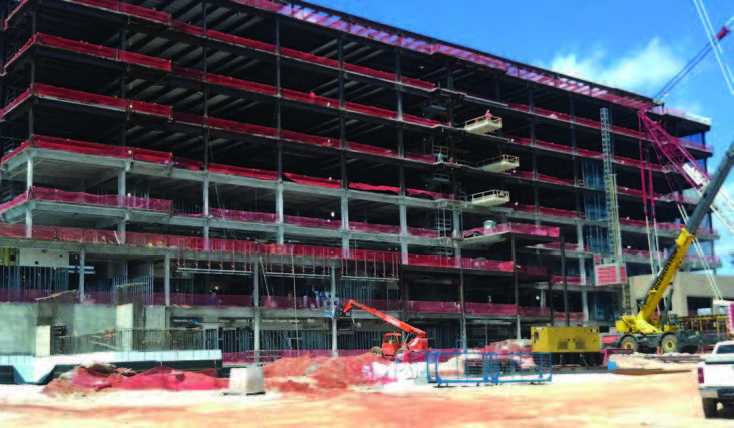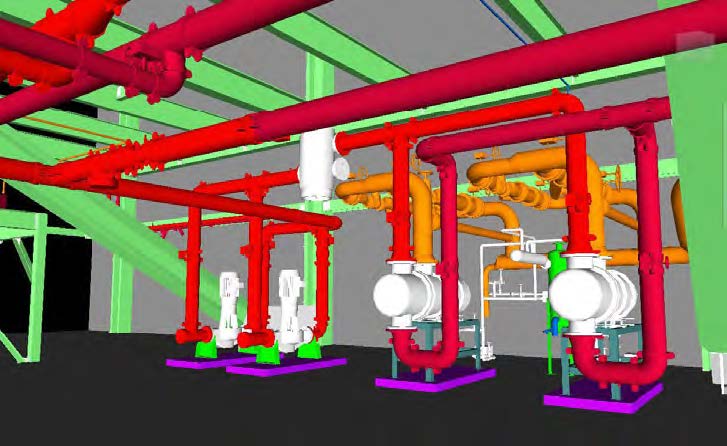Devastated by Tornado, Joplin, MO, to Get New Hospital in 2015
The new Mercy Hospital Joplin in Joplin, MO, is on schedule to open in 2015, thanks in part to efforts by U.S. Engineering. To meet the needs of this fast-track effort to replace the former St. John’s Mercy Regional Medical Center, destroyed on May 22, 2011, by an EF-5 tornado, U.S. Engineering used a host of Trimble solutions to establish one of the industry’s most efficient, accurate, and repeatable design-to-fabrication-to-installation workflows ever put in place on a hospital project.
Mercy, the sixth largest Catholic health care system in the U.S., initiated plans to build the new $335 million Mercy Hospital Joplin with a design-to-construction-to-commissioning goal of just three years. The decision was made early in the design phase to bring in the major MEP partners in a design-assist role, or modified integrated project delivery (IPD).
As part of the team, U.S. Engineering was contracted to handle the mechanical and plumbing design, fabrication, and installation of the entire project. Given the tight schedule and size and scope of the job, and the survey-accuracy positioning required for every component, U.S. Engineering knew it would have to draw on all of its technology expertise to keep the project on track.
Design to Fabrication
The new 875,000-square-foot Mercy Hospital Joplin, designed to withstand a powerful tornado, will include beds for surgical services, critical care, women’s and children’s services, behavioral health, and rehab. The bottom three floors of the structure will include hospital space along with a seven-story patient tower and a four-story clinic tower rising above the hospital space.
The facility also incorporates heavy duty mechanical, plumbing, and electrical systems. A new 30,000-square-foot central utility plant (CUP) will house emergency equipment and generators located away from the hospital with a strengthened exterior. Utility service access to the CUP from the hospital will be via a 450-foot underground tunnel.
The hospital mechanical and plumbing systems include the necessary components for fuel storage, air supply and return, chilled water, condenser water, HVAC, and plumbing, as well as piping for the tunnel between the hospital and the CUP.
For example, the CUP system includes three steam boilers and boiler feed pumps fed by a high-pressure 12” steam main. The CUP chilled water system includes three 2,000-ton chillers and three chilled water pumps with 24” supply and return mains from the chillers to the tunnel and chilled water return main from pumps to chillers. The CUP also has three cooling towers and three condenser water pumps connected by a 30-inch underground main.
For the project, all of the subcontractors were required to have 3D coordination capabilities. Because of the fast-track nature of the project, the goal was to use the detailed 3D model, which would include all MEP elements, to issue construction documents and facilitate a speedier start to fabrication concurrent to contract documents.
Jeff Kiblen, U.S. Engineering’s project manager of fabrication/3D coordination oversight for the mechanical and plumbing systems on the project, recalled, “We came on board in December 2011, and we were putting in deep underground by March 2012. Most projects of this scope and scale would require six weeks to complete drawings, issue documents, and finish detailing. Because of the modified IPD methodology, we had to be exponentially faster.”
Tech Support
The Mercy Hospital Joplin project broke ground in January 2012. Once the foundation and structural steel had been installed on the site and the first floor deck pour was complete, U.S. Engineering began installing the
hangers and sleeves for the piping and sheet metal components that would be routed overhead.
Kiblen noted, “This was our biggest challenge on the project. On any given day, we’d need to locate hundreds of points on a given floor, which spanned over 100,000 square feet. At the beginning of the project, we had three Trimble RTS robotic total stations to be used by our six-to-eight-member field team.” The pace of the project design, fabrication, and installation drove the need for more robotic total stations, which U.S. Engineering was able to rent from Trimble.
For the hospital project, the team used three Trimble RTS773 Robotic Total Stations connected to the Windows 7 Trimble Field Tablet and two Trimble RTS655 Robotic Total Stations connected to Nomad handheld units. The Trimble robotic total station units integrated radio frequency communication capability instead of Wi-Fi, ensuring no loss of signal.
“The military-grade radio has made a huge difference in connectivity and communication throughout the project,” said Kiblen.
Point-to-Point Precision
Once design of the mechanical and plumbing systems was coordinated and approved, U.S. Engineering used Trimble Point Creator for CAD and Revit (TPC) to create 2D and 3D field points within Revit. “This was the first time that we had used TPC to this magnitude. One great advantage of the tool is the ability to break systems up into more manageable sizes,” said Kiblen. “For instance, the mechanical systems might be broken up as third-floor patient tower exhaust, return and supply air.”
Once the team was ready to move into the field, the points were exported to a Trimble Field Link for MEP robotic total station to lay out the floor penetrations and hanger support embeds.
“Overall, it took us two to three weeks to complete each floor, including setting units, triangulating, and then positioning,” said Kiblen. “On average, the field layout person can routinely layout between 40 and 50 points an hour in good conditions.”
To date, U.S. Engineering has completed the design of the mechanical and plumbing systems and located in excess of 78,000 points for sleeves, embeds, floor penetrations, drains, and hanger supports. U.S. Engineering has also used the TPC and Trimble Field Link for MEP connection to verify as-constructed conditions with the architectural floor plan.
In terms of accuracy, U.S. Engineering is very satisfied. Kiblen said, “Any inaccuracy, especially with sleeve layouts in walls for plumbing, would have created significant fit problems. We needed to be within .25 inches or .5 inches because of the density of ceiling spaces and tight coordination with all the other systems. Thus far, we’ve realized incredible accuracy thanks to our 3D model-to-field workflow.”
The building exterior was completed in November 2013, and the CUP is scheduled to be operational by March 2014—just over two years after construction start, with the main structure expected to open in early 2015.
For more information, visit www.trimble.com.
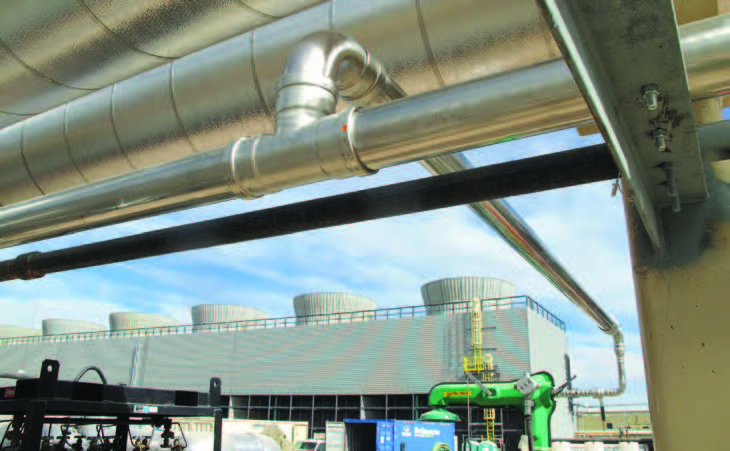
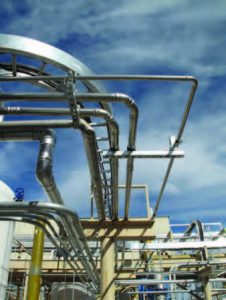
 Efficiency is key to maintaining your competitive edge. In this issue of Smart Solutions, read how contractors are using prefabrication to speed installation, as FW Spencer and Son did for a stadium’s plumbing systems using Anaco’s Husky couplings. Braconier found that Jay R. Smith Mfg. Co.’s solutions allowed for faster installation of their prefabricated systems. Palmer Christiansen used Victaulic grooved couplings to quickly install 130,800’ of prefabricated pipe.
Efficiency is key to maintaining your competitive edge. In this issue of Smart Solutions, read how contractors are using prefabrication to speed installation, as FW Spencer and Son did for a stadium’s plumbing systems using Anaco’s Husky couplings. Braconier found that Jay R. Smith Mfg. Co.’s solutions allowed for faster installation of their prefabricated systems. Palmer Christiansen used Victaulic grooved couplings to quickly install 130,800’ of prefabricated pipe.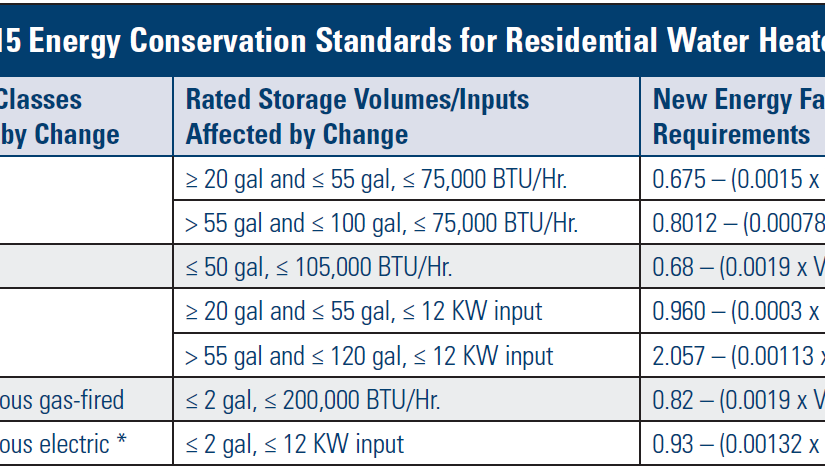
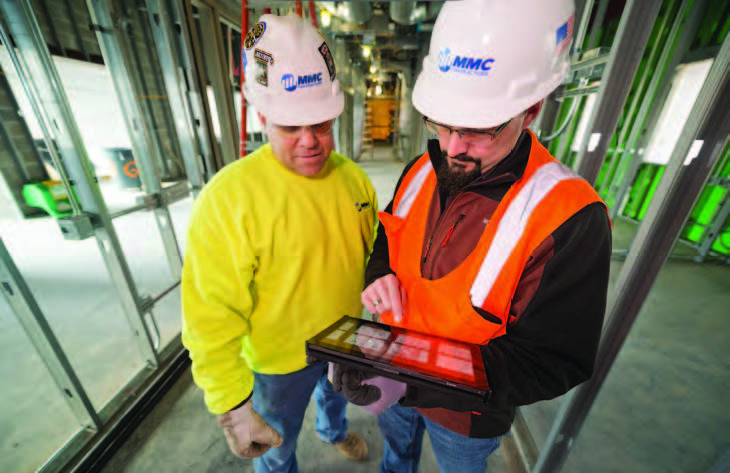

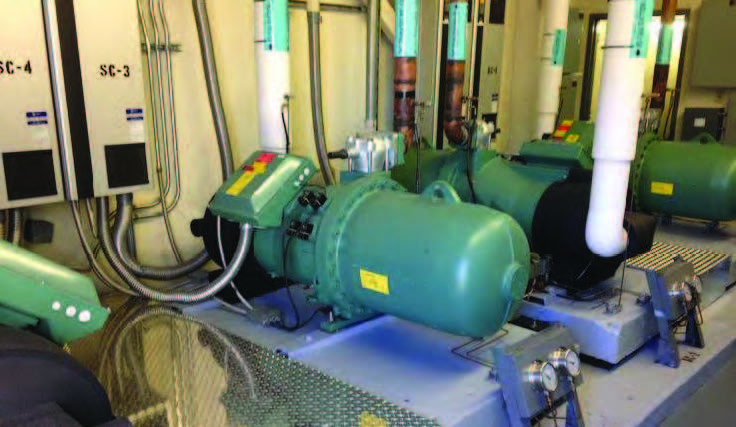
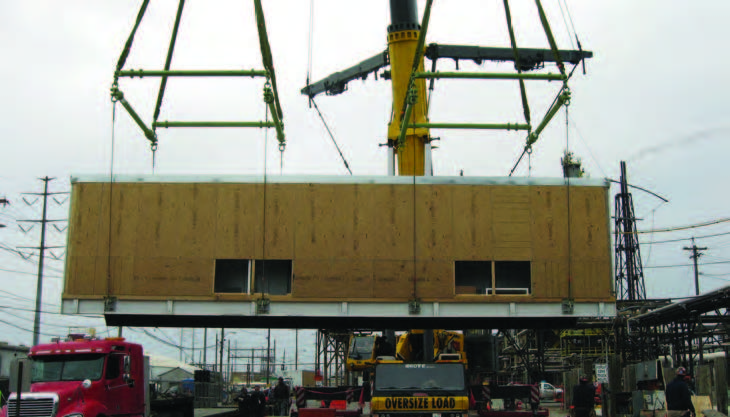
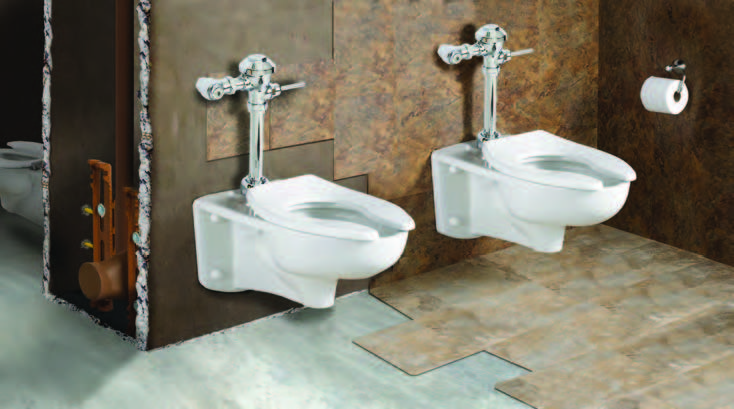

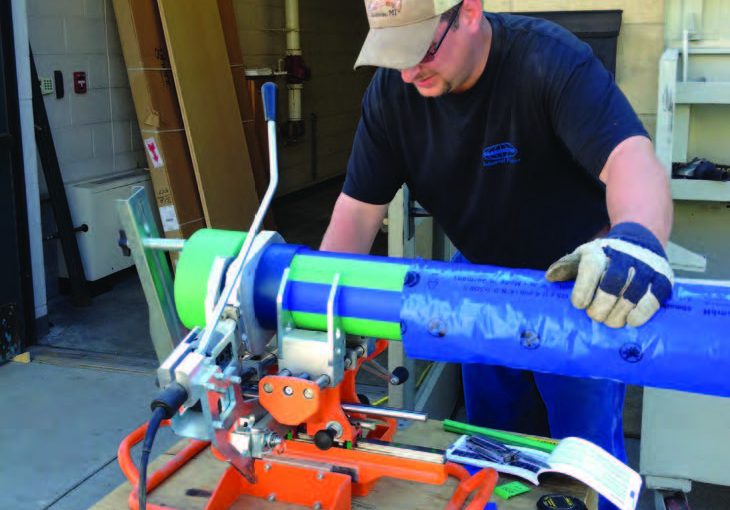
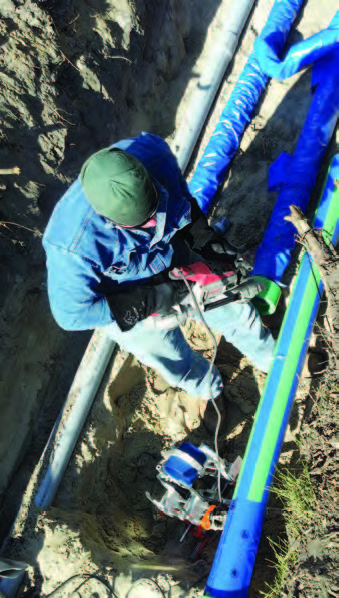

![To reduce time on the job and maximize the effectiveness of their limited staff, Starco turned to GMS to create the drawing package and lay out the project ahead of time. Partnering with GMS “allow[s] us to do what we do best—focus on our service and quality installations,” said Starco Project Manager Tony Johnson.](https://www.mcaa.org/wp-content/uploads/2017/01/page20-1.jpg)
